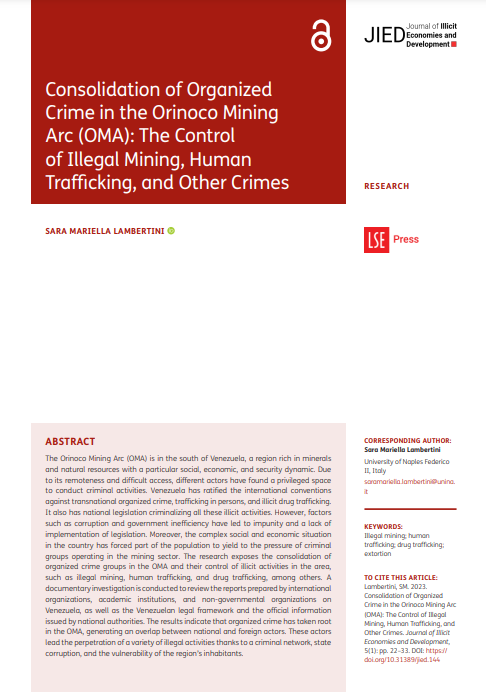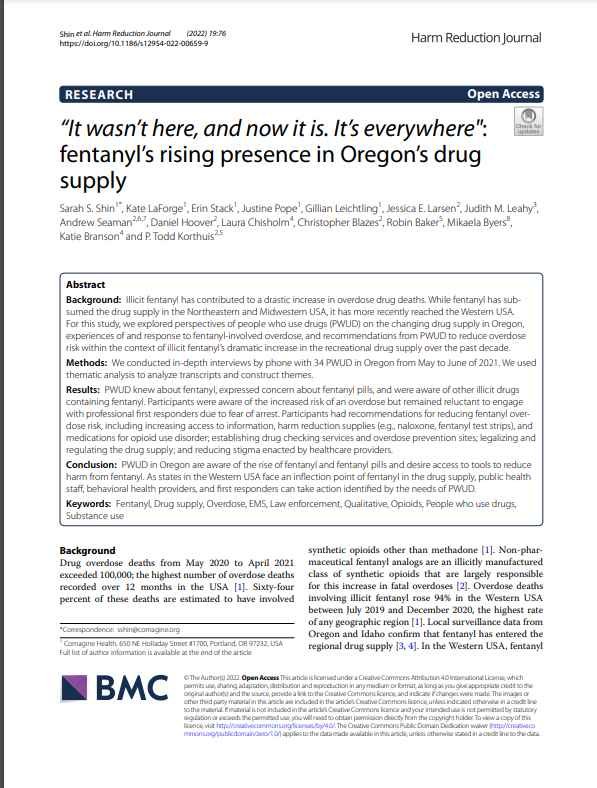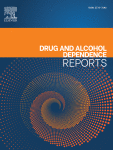By Martin Purbrick
The report provides an analysis of variable Betting Duty (tax) rates on racing and sports betting operators to assess the impact on legal markets of higher rates and the related impact on betting turnover in the illegal betting markets. The economic impact of excessive Betting Duty in the Internet age is to drive consumers to the illegal betting market.
• The highest rate of Betting Duty noted is in Hong Kong, at 75% of GGR. • The lowest rate of Betting Duty noted is in South Africa, at 6% of GGR. • The median rate of Betting Duty noted is in France, at 37.7% of GGR. • The highest Betting Duty rate in Hong Kong exists with an estimated illegal market of USD 257 per head of population, with lessening illegal markets per head of population with correspondingly lower Betting Duty rates of USD 61 in Singapore (25% Betting Duty), USD 59 per head in South Africa (6.5%), USD30 in Australia (10% to 20%), and USD 11.44 in the USA (6.75% to 51%). • Betting Duty rates have an impact on the turnover in betting markets, causing customers to potentially move from legal (licensed) to illegal (unlicensed) betting channels. • Higher Betting Duty rates lead to an increased theoretical margin to betting odds (which betting operators build in to ensure a profit margin), consequent increases to the takeout rate of the operator, increased prices for the customer, and inevitably drive customers to illegal betting markets where odds are better value because of no take out rate. • Illegal betting operators pay no Betting Duty or any other taxes and hence have no theoretical margin relating to taxation costs. There is hence a permanent price differential between the legal and illegal betting markets, with illegal markets consequently offering better odds (prices) to consumers. Betting customers, like the consumers of most products, are price sensitive and all things being equal prefer a cheaper betting product. • Higher Betting Duty rates also have increasingly less impact on consumer protection (when intended to discourage betting and gambling in society) as raising rates has the impact of migrating customers from the more expensive legal to the less expensive illegal betting market. Government policy makers and gambling regulators should seek a commercially reasonable and stable Betting Duty rate that provides a balance between channelling gambling demand to the legal betting sector and allowing licensed betting operators to effectively compete with the illegal market.
Hong Kong: Asian Racing Federation Council on Anti-Illegal Betting & Related Financial Crime, 2023. 30p.






















